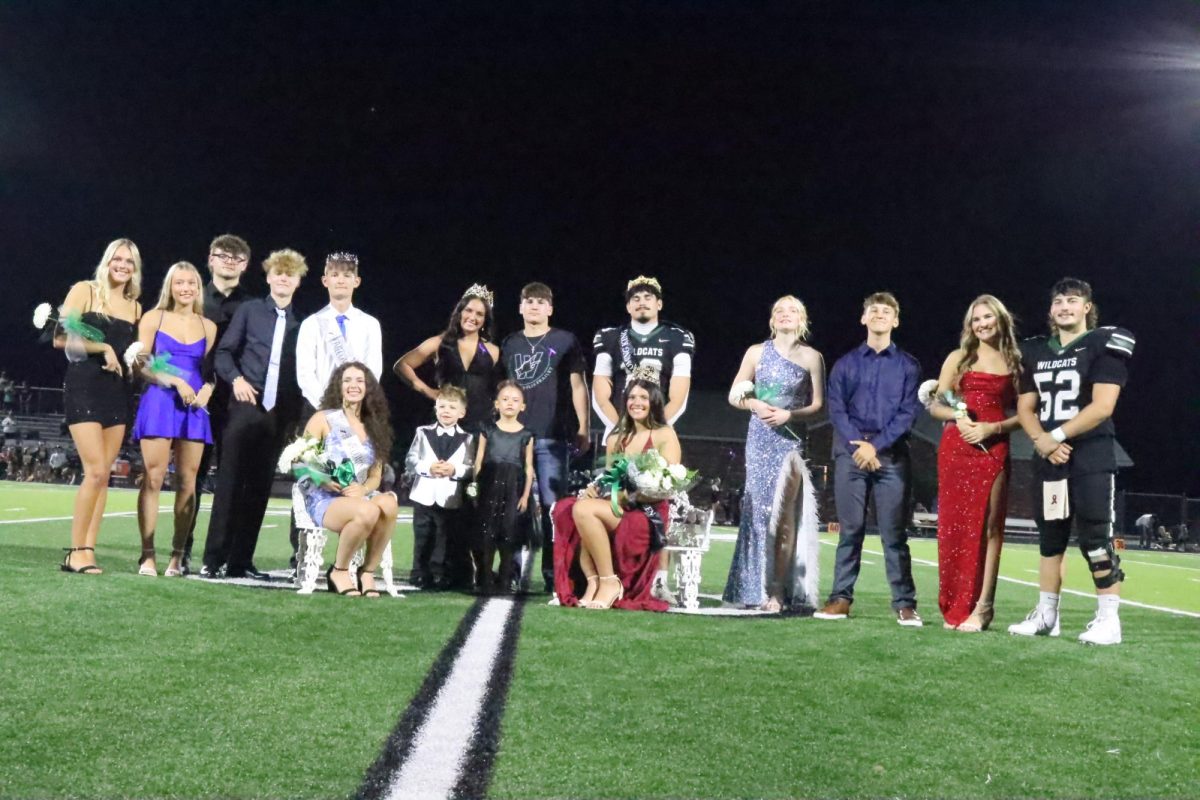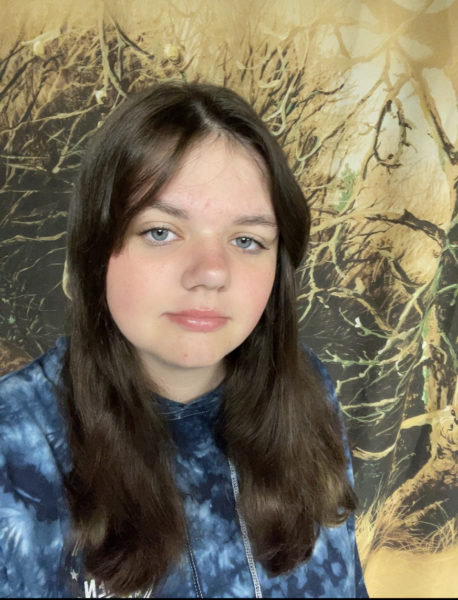In elementary school, children would recreate the first Thanksgiving with Pilgrims and Native Americans sitting down to a feast in celebration of harvest. While that retelling of the first Thanksgiving in 1621 between the European settlers and the Wampanoag tribe might be the picture of Thanksgiving that most students have, historians say it fails to tell the real story of the relationship between natives and Europeans.
According to a 2019 article by Claire Bugos in the Smithsonian magazine, “The myth is that friendly Indians, unidentified by tribe, welcome the Pilgrims to America, teach them how to live in this new place, sit down to dinner with them and then disappear. They hand off America to white people so they can create a great nation dedicated to liberty, opportunity and Christianity for the rest of the world to profit. That’s the story—it’s about Native people conceding to colonialism. It’s bloodless and in many ways an extension of the ideology of Manifest Destiny.”
This reality of the first Thanksgiving has morphed into a focus on family gathering and food.
“I don’t really have an opinion on Thanksgiving either way; it’s merely another opportunity for families to see each other. I don’t particularly observe Thanksgiving owing to the larger overarching historical significance of what breaking bread meant between the British settlers and the local Native Indian tribes,” social studies teacher Nathan Copling said.
According to a Britannica.com article, on October 3, 1863 President Abraham Lincoln proclaimed that Thanksgiving was a national holiday and to be celebrated on the fourth Thursday in November.
The Thanksgiving myth is not really the focus for the celebration today. Adults and kids find much enjoyment in the holiday. Some families carry on traditions to celebrate the holiday.
“We are also a little different in that we quit having turkey a couple years ago, because by the time we get to Saturday everyone is turkeyed out,” social studies teacher Matt Dove said.
Many see the Thanksgiving holiday as a start to the Christmas season.
“We enjoy watching football and planning our Christmas decorations. Usually, we do something special for breakfast too. We also enjoy quality family time with games and activities,” social studies teacher Darren Daughenbaugh said.
“We always eat together for breakfast, lunch, and dinner. When grandma comes down we get gifts. We say grace. For breakfast we have a huge breakfast. Just eat sandwiches for lunch. Just classic thanksgiving things, including turkey, is for dinner,” freshman Nathan Boyer said.
Thanksgiving can mean so many different things to certain people. For most individuals, Thanksgiving is about family and food. Although to others, Thanksgiving has a more in depth meaning.
“I think it means being with friends and family and the food,” freshman Natalie Koenig said.
“Thanksgiving is a day to be thankful for the many blessings my family and I have been afforded. Although we generally reflect on the blessings as they occur throughout the year, Thanksgiving is a special time of year to reflect on the course of the year and all the things we have been blessed with,” Daughenbaugh said.




